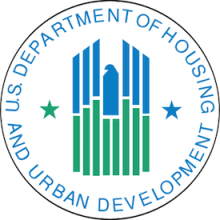Comment Highlights: Proposed HUD Rule To Expand Low-Income Residential Internet Access
The U.S. Department of Housing and Urban Development (HUD) recently asked for comments about a proposed rule to expand low-income access to high-speed Internet. The regulations would require building owners to install high-speed Internet infrastructure in HUD-funded multi-family rental housing during new construction or substantial rehabilitation, improving Internet access by promoting competition. Because the Internet infrastructure is not owned by one company, many Internet Service Providers (ISPs) can compete to provide residents with better options.
A variety of individuals and groups provided feedback for HUD, including local governments, nonprofit advocacy groups, ISPs, and professional associations. The majority of comments support HUD’s proposed rule, with many encouraging HUD to go further in their efforts to close the digital divide.
We submitted comments with Next Century Cities to articulate the importance of having reliable Internet access in the home:
Although Internet access may be available at schools, libraries, and other locations away from home, families with children - in particular single-parent households - face barriers to accessing those facilities. There is no substitute for having high quality home Internet access, where all members of a household can use it with privacy, security, and convenience. This high quality Internet access is what our organizations work with mayors and local leaders to achieve for residents and businesses everyday, which is why we feel so strongly about the proposed steps to close the digital divide and allow more residents to connect online.
HUD correctly notes that installing telecommunications equipment during major rehabilitations or as units are being built creates an opportunity to ensure high quality access without significantly adding cost to the project. The ongoing benefits from high quality Internet access certainly dwarf the one-time low cost of installing appropriate technology. --Next Century Cities and the Institute for Local Self-Reliance
Promote Competition



